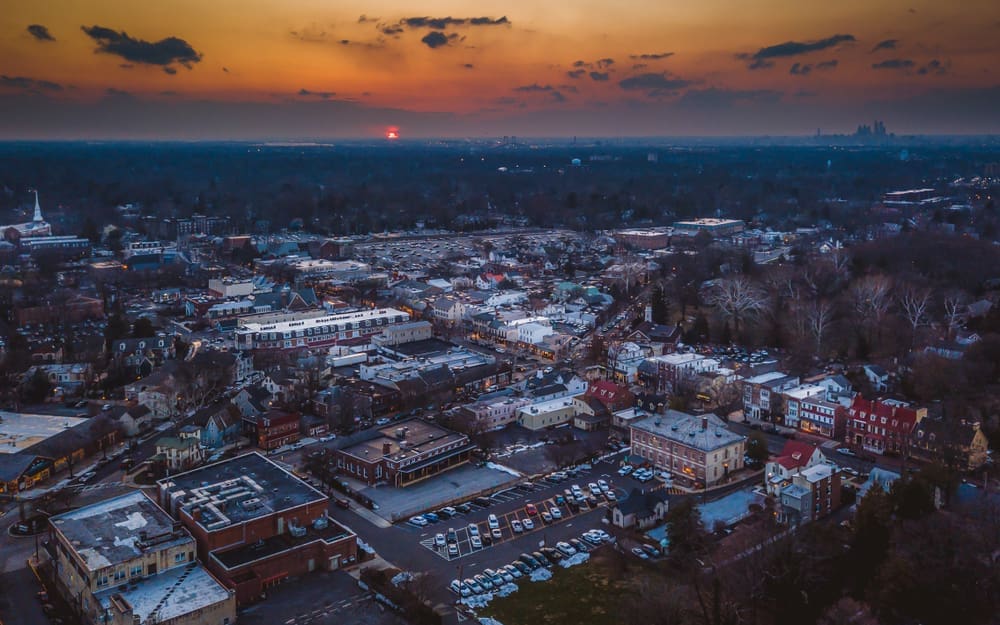Could NJ Be Sitting on a Seismic Time Bomb? Scientists Reveal Troubling New Fault Line Data
New Jersey has never been known for earthquakes. The state’s battles have always been against hurricanes, blizzards, and the chaos of traffic-clogged highways. But beneath the pavement, beyond the rolling farmlands and suburban sprawls, something stirs. Scientists are beginning to wonder if the ground under the Garden State is as stable as people have long believed.
For decades, minor tremors across the region were dismissed—anomalies, flukes, barely worth a mention. But now, a growing body of evidence suggests that New Jersey might be sitting atop an active fault line, one that could be capable of something far worse than a few fleeting shakes.
Tremors That Can No Longer Be Ignored
The first few jolts barely registered. A slight rattle of windows here. A brief shudder underfoot there. Maybe a picture frame tilted on the wall. Nothing to panic over. Nothing to call a fault line.
Then came the 2.2 magnitude quake in 2023, felt in homes from Princeton to Edison. Some thought it was a truck rumbling past, others a low-flying plane. But beneath their feet, something had moved.
It wasn’t an isolated event. Clusters of small quakes have been shaking parts of New Jersey with increasing frequency, particularly in Hunterdon, Morris, and Sussex counties. Seismologists at Rutgers University started paying attention.
The concern only deepened after two more significant tremors rattled the state.
In April 2024, a 4.8 magnitude earthquake struck in Central Jersey, shaking homes and businesses across multiple counties. It was enough to get people talking, but still, officials insisted there was no major cause for concern.
Then, in January 2025, the state was rocked again—this time by a 2.2 magnitude quake in North Jersey. Residents as far as New York City reported feeling the tremor, and for the first time, officials began asking: Is something happening beneath us that we don’t fully understand?
“What we’re seeing is a pattern,” said Dr. Michael Kane, a leading researcher studying the phenomenon. “These aren’t just random movements. A fault system we once believed to be dormant may not be as inactive as we thought.”
A Hidden Fault Beneath New Jersey?
Geologists have known for years that ancient fault lines crisscross the Northeast. Unlike the well-documented San Andreas Fault in California, these are old, buried deep beneath layers of sediment, long assumed to be stable.
But new research suggests otherwise. Kane’s team has been tracking the tremors, mapping them out like puzzle pieces, and the picture forming is clear: a previously overlooked fault zone runs diagonally through the state, stretching from the Delaware River basin into North Jersey.

It’s nearly impossible to know exactly when it last erupted with real force. But if it’s shifting now, does that mean New Jersey is due for something bigger?
How Bad Could It Get?
New Jersey isn’t California. The idea of a catastrophic earthquake here feels absurd. But history says otherwise.
The state’s strongest recorded earthquake struck in 1783, measuring an estimated 5.3 magnitude. Back then, there were no highways, no skyscrapers, no sprawling developments—just farmland and scattered settlements. The damage was minimal.
Dan is a contributor at New Jersey Digest, a software developer, and a dedicated jiu-jitsu practitioner with a passion for great food. A Bergen County native, he’s always seeking out new challenges—whether in coding, on the mats, or discovering the Garden State's hidden mysteries. When he’s not immersed in his work, you’ll find him training, exploring local restaurants, or unwinding with a round of golf.
- Daniel Stellahttps://thedigestonline.com/author/dstella/
- Daniel Stellahttps://thedigestonline.com/author/dstella/
- Daniel Stellahttps://thedigestonline.com/author/dstella/
- Daniel Stellahttps://thedigestonline.com/author/dstella/


